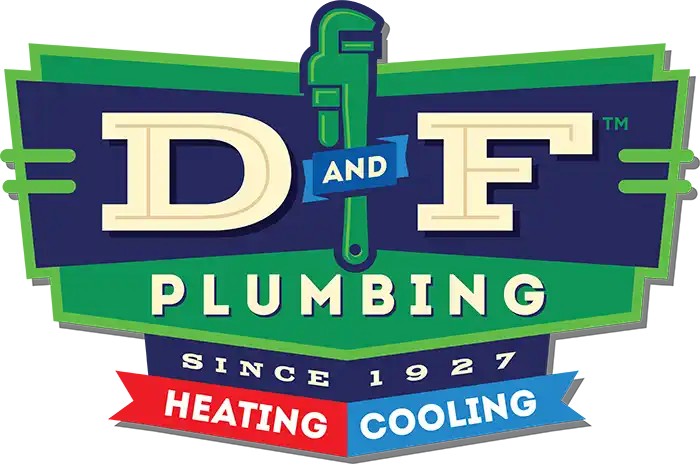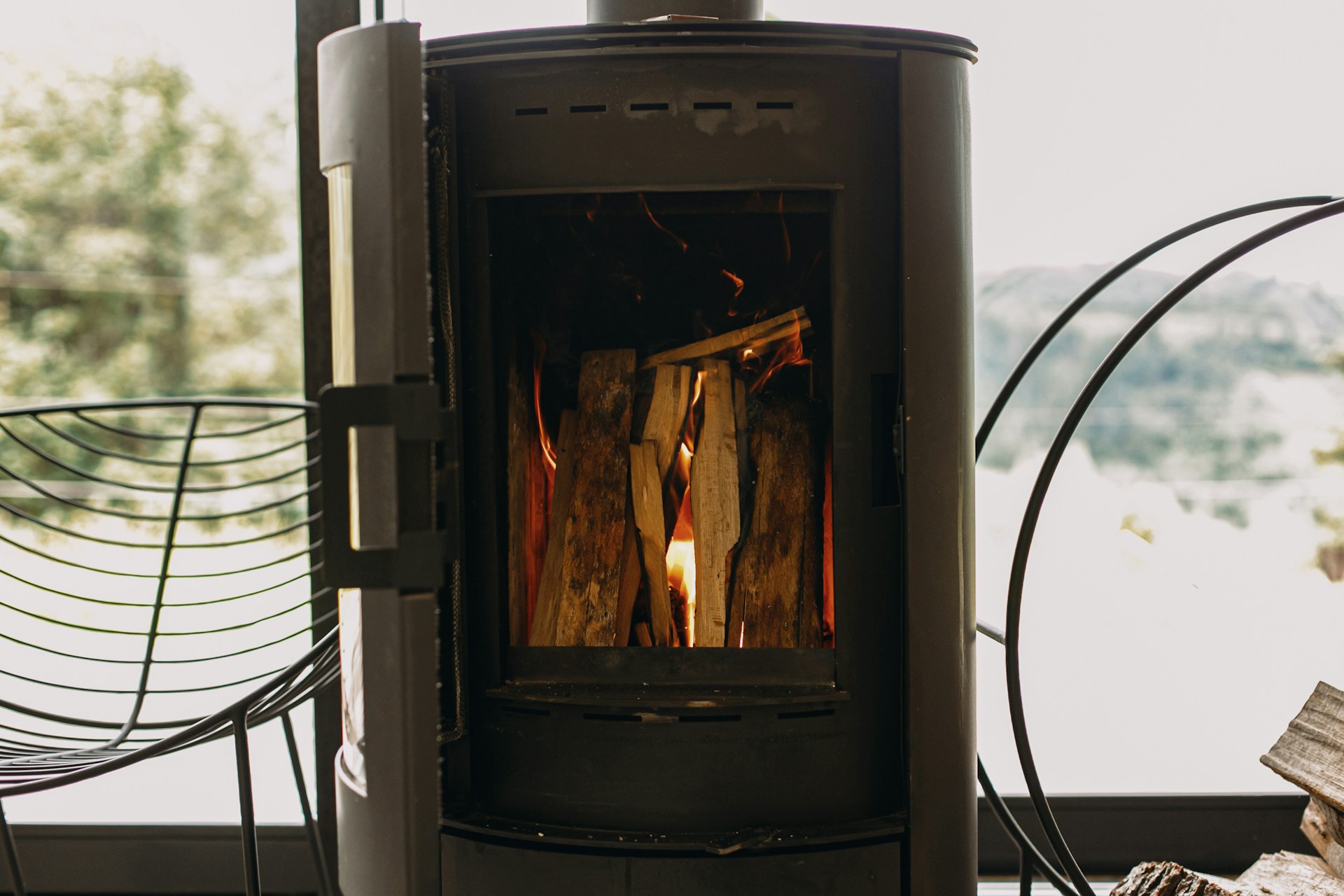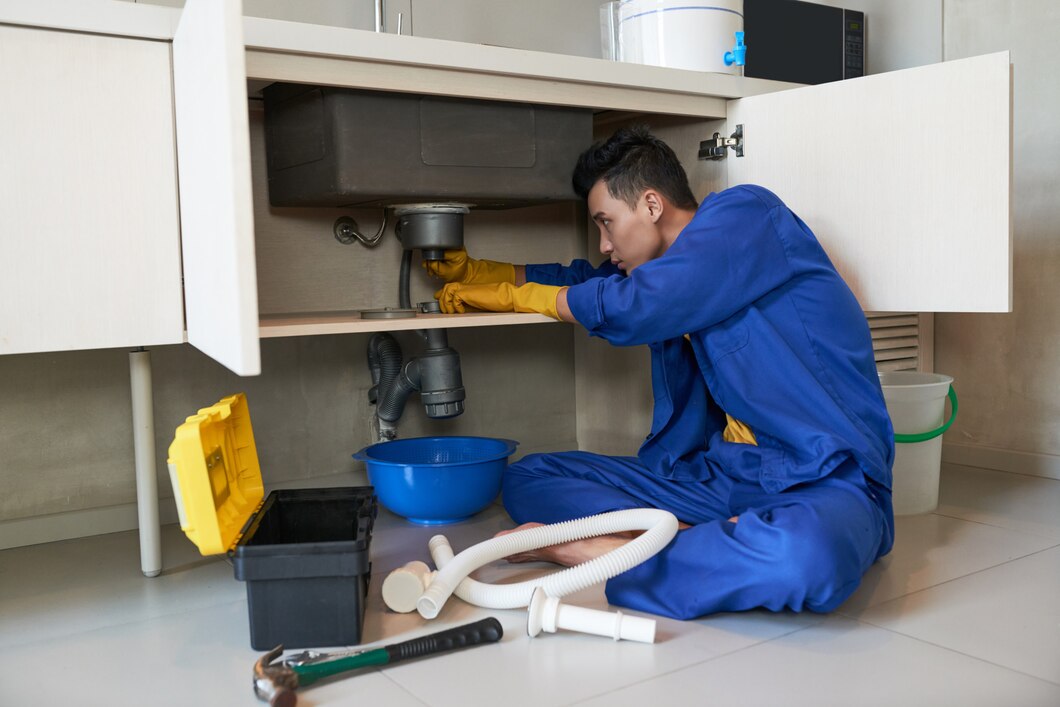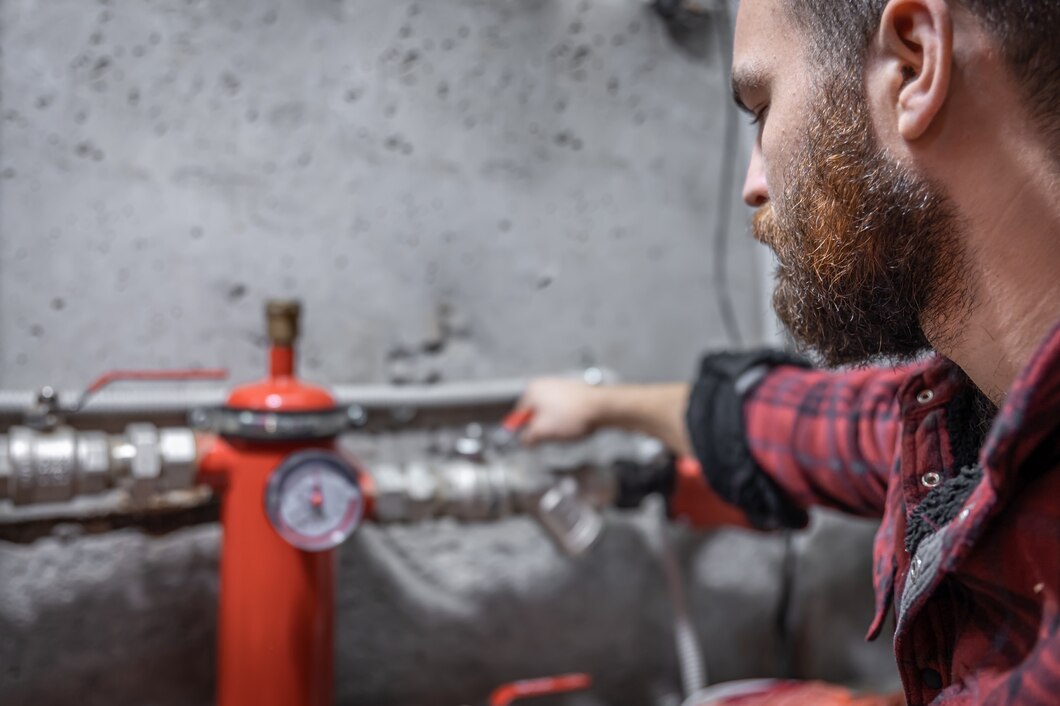Installing a furnace is no small task. While the idea of saving money by doing it yourself might sound tempting, the risks and complications far outweigh the benefits. DIY furnace installation involves many challenges, from safety hazards to technical complexities, making it a job better left to professionals.
Safety Risks of DIY Furnace Installation
DIY furnace installation can expose you to several safety risks. Handling gas lines, electrical wiring, and heavy equipment without proper training increases the likelihood of accidents and injuries.
- Gas Leaks: Working with gas lines is particularly hazardous. Improper connections can lead to gas leaks, which can cause explosions or carbon monoxide poisoning. Without a gas detector, you might not even realize you have a leak until it’s too late.
- Electrical Hazards: Connecting the furnace to your home’s electrical system is another risky task. Incorrect wiring can result in electrical shocks, short circuits, or fires. These hazards are dangerous and may also lead to costly damage to your electrical system.
- Heavy Equipment: Furnaces are heavy and cumbersome. Mishandling such large equipment can cause physical injuries. Lifting a furnace improperly can result in back injuries, or you could drop the unit, damaging it and your property.
The safety concerns surrounding DIY furnace installation are significant. To protect yourself and your home, it’s best to rely on our professionals, who have the skills and equipment to handle these dangers effectively.
Technical Challenges and Complexities
Installing a furnace requires a high level of technical knowledge and skill. It’s a complex process involving numerous steps that must be executed correctly to ensure the unit operates efficiently and safely.
- Precise Measurements: Accurate measurements are crucial for proper furnace installation. Incorrect sizing can lead to inefficient operation, higher energy bills, and frequent breakdowns. Knowing how to measure and fit a furnace correctly requires specialized training.
- Calibrations: The furnace must be calibrated properly to meet your home’s heating needs. This involves adjusting the fan speed, gas pressure, and thermostat settings. Incorrect calibrations can compromise the furnace’s performance and lifespan.
- Building Codes: Compliance with local building codes and regulations is mandatory. These codes are designed to ensure safety and efficiency. Without knowledge of these regulations, you could end up with a system that doesn’t meet legal requirements, leading to penalties or required modifications.
The technical challenges of furnace installation make it a job best suited for our professionals. They have the expertise to handle all these complexities, ensuring that your furnace operates efficiently and safely from day one. Taking on this task without the necessary skills can lead to poor performance and increased costs.
Potential Long-Term Costs and Inefficiencies
Tackling furnace installation on your own may seem cost-effective at first, but it can lead to significant long-term costs and inefficiencies.
- Higher Energy Bills: An improperly installed furnace operates less efficiently, consuming more energy to heat your home. This inefficiency can result in higher energy bills, negating any initial savings from skipping professional installation.
- Frequent Repairs: Incorrect installation increases the likelihood of frequent breakdowns. Minor issues, if unresolved, can escalate into major problems requiring costly repairs. Over time, these furnace repair costs can add up, making DIY installation an expensive endeavor in the long run.
- Shortened Lifespan: A poorly installed furnace may not function optimally, leading to accelerated wear and tear. This premature deterioration can shorten the furnace’s lifespan, forcing you to replace it sooner than necessary.
These potential costs highlight the importance of professional furnace installation. Our professionals ensure the job is done correctly, helping you avoid expensive repairs and high energy bills. Investing in professional installation ultimately provides long-term savings and peace of mind.
Benefits of Professional Furnace Installation
Choosing professional furnace installation offers numerous benefits that outweigh the initial cost.
- Expertise and Experience: Our professionals have the training and experience to install your furnace correctly. They understand the intricacies involved and can handle any challenges that arise during installation.
- Safety Assurance: Professional installation ensures all safety protocols are followed. Our technicians will securely connect gas lines and electrical wiring, reducing the risk of leaks, shocks, or fire hazards.
- Optimal Performance: Professional installation guarantees that your furnace operates at peak efficiency. Proper calibration and setup optimize performance, leading to consistent heating and lower energy consumption.
- Warranty Protection: Many furnace manufacturers require professional installation to honor their warranties. DIY installation can void your warranty, leaving you responsible for any future repairs or replacements.
The advantages of professional furnace installation far outweigh the risks and costs of a DIY approach. Ensuring a safe, efficient, and long-lasting furnace is best achieved through the expertise of our trained professionals.
Conclusion
Furnace installation is a complex task that carries significant risks and potential costs when done incorrectly. From safety hazards and technical challenges to long-term inefficiencies and increased expenses, DIY furnace installation is fraught with pitfalls. Opting for professional installation is a wise investment. This choice ensures your furnace operates efficiently and safely, providing reliable heating for years to come.
Don’t take chances with your home’s heating system. Contact D&F Plumbing, Heating, and Cooling today for expert furnace installation in Salmon Creek, WA. Ensure your furnace is set up for success from the start!





